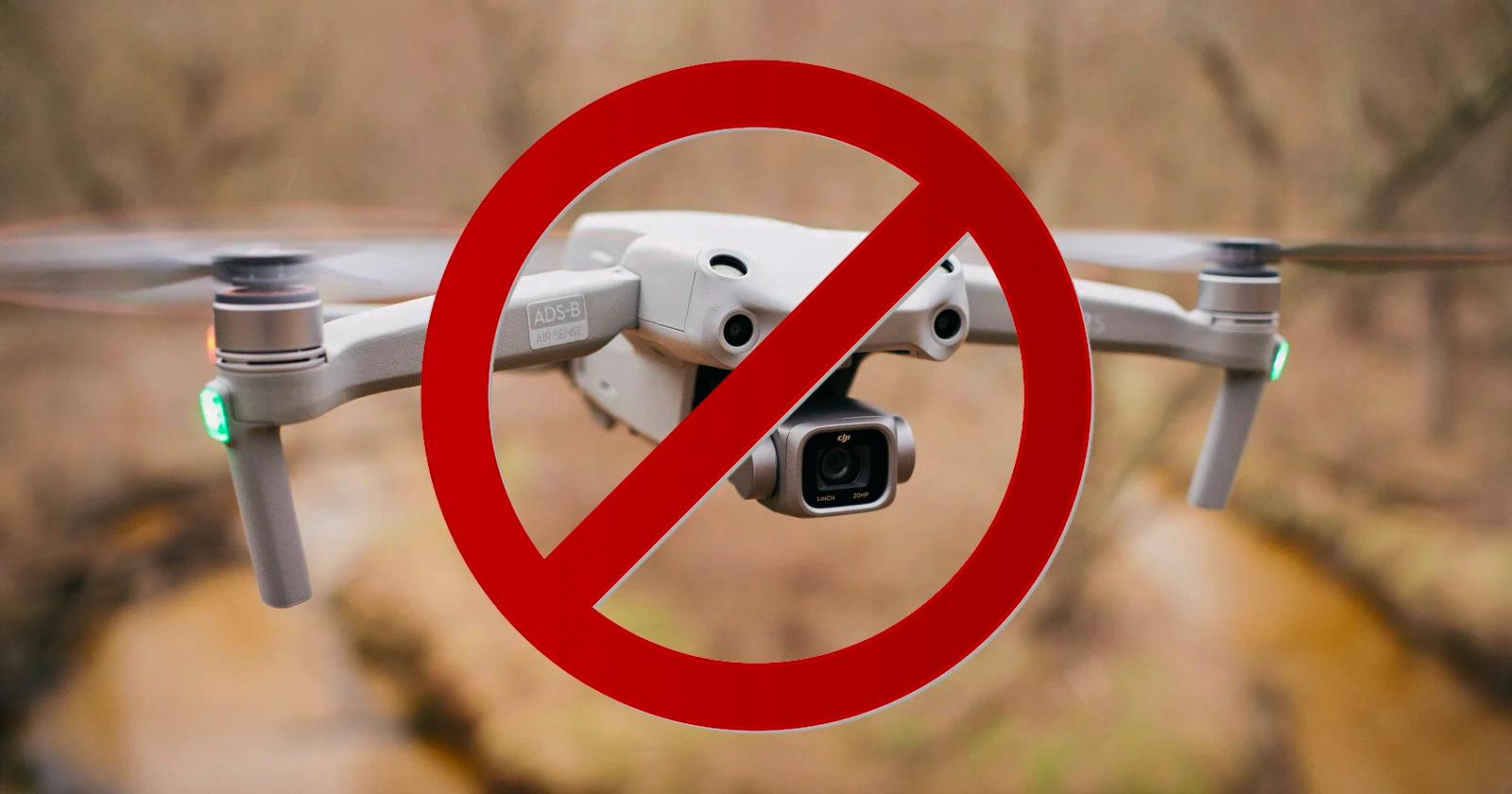U.S. Drone Industry 2025: Growth, Regulation, and Future Outlook
By 2025, the U.S. drone industry has grown from a niche market into a multi-billion-dollar cornerstone of aviation, technology, and public safety. With commercial, recreational, and industrial drones shaping everyday life, UAVs now play a vital role across construction, agriculture, inspections, and emergency response.
Explosive Growth & Market Outlook
-
In 2023, U.S. unmanned aircraft operations generated $5.85 billion.
-
Forecasts project expansion to $14.11 billion by 2033.
-
As of July 2025, the FAA reports 822,000+ registered drones:
-
433,407 commercial
-
377,484 recreational
-
460,375 certified remote pilots
-
This growth highlights how drones have shifted from consumer novelties to critical business infrastructure.
DJI’s Market Dominance
DJI, based in Shenzhen, remains the global market leader, controlling:
-
70%+ of the worldwide drone market
-
Roughly 77% of the U.S. market (~602,000 operational aircraft)
DJI drones are widely used in:
-
Construction & surveying
-
Roof & facade inspections
-
Emergency response
-
Agriculture & mapping
Their reliability and versatility keep them central to drone operations despite ongoing policy debates.
👉 See how we use DJI platforms in: Safe, Efficient, and Cost-Effective Drone Roof Inspections
https://spairimaging.com/2023/08/15/drone-roof-inspections-lubbock/
Legislative Spotlight: The Countering CCP Drones Act
One of the most important regulatory developments is House Resolution H.R. 2864—the Countering CCP Drones Act.
-
This act proposes adding DJI to the FCC “Covered List” due to national security concerns.
-
As of July 2024, the Senate’s version of the NDAA did not include the act, showing resistance in Congress.
-
If passed, it could ban DJI devices from U.S. networks unless cleared in a security review.
This would significantly disrupt service providers, potentially grounding operations that rely on DJI platforms.
National Security, Regulation, and Built-In Safeguards
While concerns remain, safeguards are already in place:
-
FAA restrictions around sensitive zones (military bases, nuclear facilities, dams).
-
Geofencing technology embedded in DJI drones that blocks flights in restricted areas.
-
Automated systems that disable operations near no-fly zones, preventing unauthorized access or data collection.
👉 Related read: Understanding Drone Operations, Privacy and Airspace in the United States
https://spairimaging.com/2023/09/13/drone-operations-privacy-airspace/
A Resilient U.S. Drone Ecosystem
Even with regulatory uncertainty, the U.S. drone sector remains resilient:
-
822,000+ registered drones and growing.
-
Hundreds of thousands of FAA-certified pilots maintaining compliance.
-
A thriving $5.5 billion drone service provider ecosystem powering industries from agriculture to construction.
Restrictions on DJI would create major turbulence, but the U.S. UAV industry has built enough momentum to keep advancing—through new manufacturers, evolving FAA frameworks, and innovative drone applications.
Conclusion: The Road Ahead for U.S. Drones
The U.S. drone industry in 2025 is stronger than ever, with robust growth, a skilled pilot workforce, and wide adoption across multiple industries. While DJI’s dominance and legislative challenges pose uncertainties, the future of UAV technology remains bright.
At South Plains Aerial Imaging, we’re committed to staying at the forefront of industry shifts—whether it’s navigating FAA rules, adopting emerging platforms, or delivering safe, reliable aerial services in Lubbock, the Texas Panhandle, and West Texas.
📞 Contact us today to learn how our aerial imaging services can bring innovation and compliance to your next project.

